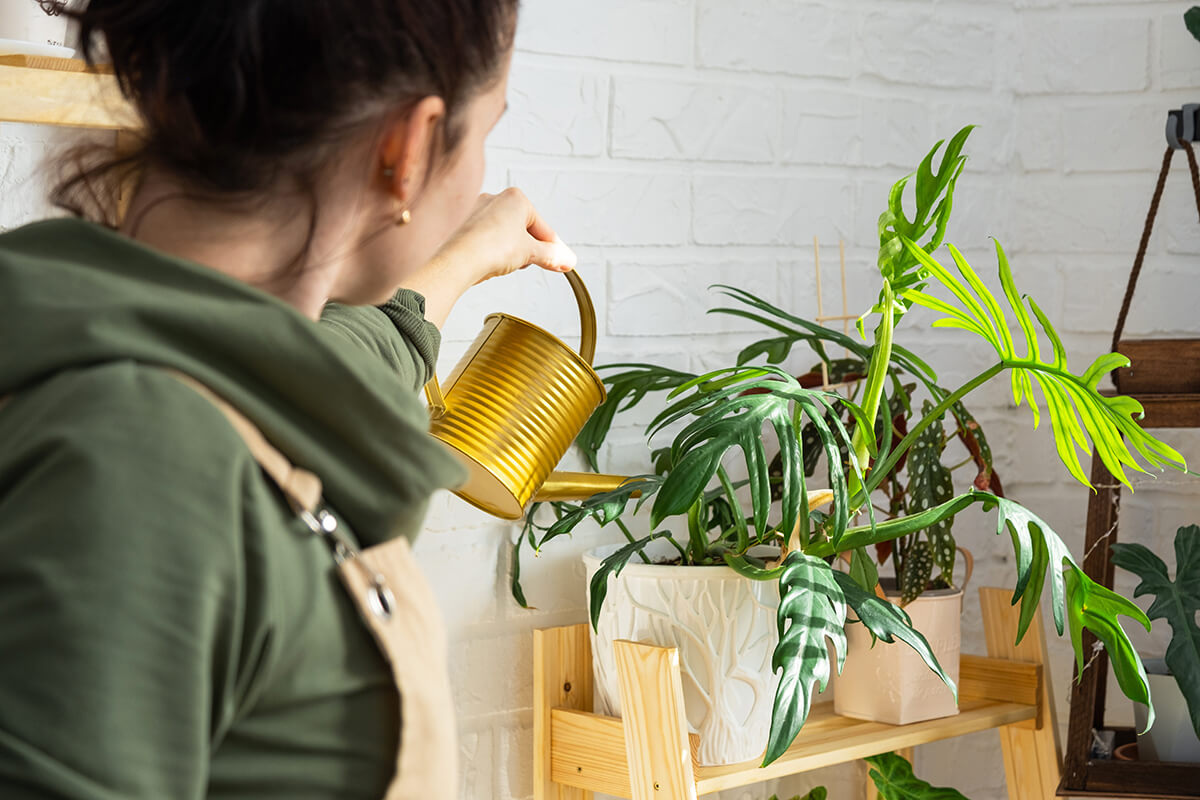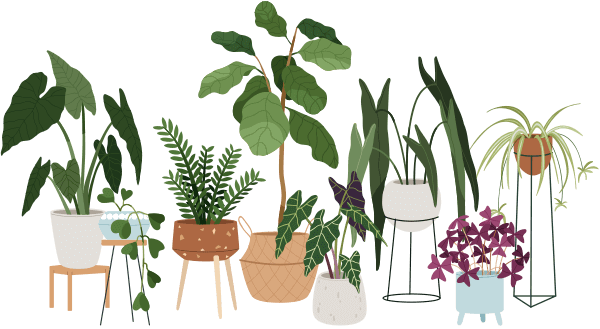Caring for a Grape leaf begonia, also known as Begonia elatior, starts with understanding its watering needs. This cheerful houseplant delights with bright, abundant blooms and lush leaves, but beginners often wonder: how much water does it really want? Overwatering or underwatering are common concerns, and it’s easy to feel nervous. Don’t worry! With a little guidance, your Begonia elatior can thrive even in a cozy apartment.
How Often Should You Water Grape Leaf Begonia?
There’s no one-size-fits-all schedule for watering a Grape leaf begonia, but a simple routine works for most homes.
Check the soil moisture first:
- Stick your finger about an inch into the soil.
- If the top feels dry, it’s time to water.
- If it’s still damp, wait a few more days.
Typical guidelines:
- In spring and summer, water every 5–7 days.
- In autumn and winter, reduce to every 10–14 days.
Always let the plant set the pace. Factors like room temperature, light, and pot size play a role.
How Much Water Does The Plant Need?
Grape leaf begonias like their soil *moist*, not soggy. They don’t appreciate having “wet feet” (roots sitting in water). Here’s a helpful approach:
- Water until you see a little drainage from the bottom of the pot.
- Empty any excess water from the saucer soon after.
- Avoid letting the plant sit in standing water.
A small, steady amount is better than flooding the soil. If you’re unsure, start with less—it’s easy to add more later!
Should Begonia elatior Be Sprayed or Misted?
It’s tempting to mist your Begonia elatior, but take care:
- *Direct spraying* can leave droplets on leaves and flowers, increasing the risk of leaf spots or mildew.
- Instead, raise humidity around the plant in other ways. Place the pot on a tray of stones with water below (but not touching the pot).
What Are The Humidity Needs of Begonia elatior?
Grape leaf begonia loves moderate humidity. If your home is dry, especially in winter, try these tips:
- Group your Begonia elatior with other plants to create a slightly moister microclimate.
- You can run a small humidifier nearby if you have very dry indoor air.
- Remember, keep good air circulation. Stale air plus humidity can encourage fungus.
Is Grape Leaf Begonia Sensitive to Overwatering?
Absolutely. Begonia elatior is notorious for root rot if given too much water.
Common signs of overwatering:
- Wilting, yellowing leaves
- Mushy, brown stems
- A sour smell from the soil
If you notice these, let the soil dry out more before watering again. Don’t worry if you’ve overwatered in the past—this can be fixed!
Is Begonia elatior Drought Tolerant?
Not really. While it forgives the occasional missed watering, Grape leaf begonia wilts and drops leaves if left dry for too long. Consistency is key—aim for soil that’s evenly moist but not wet.
Should You Bottom Water or Water From the Top?
Both methods can work for Begonia elatior:
- Top watering (pouring water on the soil): Most common. Water gently around the base; avoid splashing leaves.
- Bottom watering (letting the plant soak up water from below): Useful for even moisture and avoiding drenching leaves. Place the pot in a shallow tray of water for 15–20 minutes, then let it drain.
Pick the method that fits your lifestyle. If you tend to overwater, bottom watering can help prevent soggy soil.
What Should You Do With Excess Water After Watering?
- Always empty saucers or trays after watering.
- Leaving Begonia elatior sitting in water encourages root rot and fungus.
- If you accidentally overwater, tip out any excess and allow the top of the soil to dry.
Key Takeaways on Watering Grape Leaf Begonia
Caring for your Begonia elatior isn’t a mystery. Focus on keeping the soil moist (but not soggy), never let it sit in water, and avoid misting the leaves. If you’re patient and observant, your Grape leaf begonia will reward you with healthy growth and vibrant flowers all year long.


